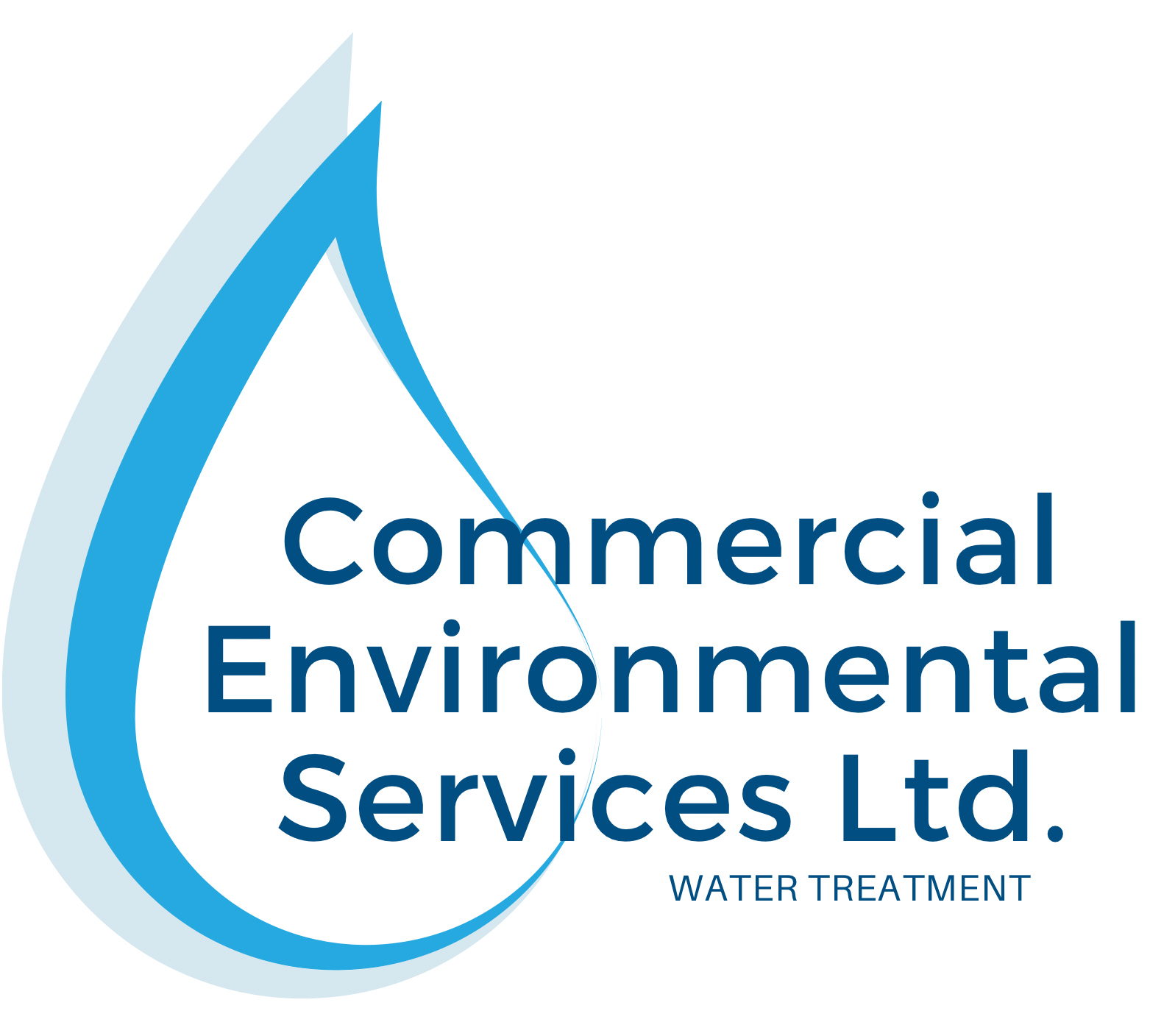Navigation
Legislation and Guidance documentation relating to water hygiene and treatment:
Approved Code of Practice (ACoP L8):
This book is aimed at dutyholders, including employers, those in control of premises and those with health and safety responsibilities for others, to help them comply with their legal duties in relation to legionella. These include identifying and assessing sources of risk, preparing a scheme to prevent or control risk, implementing, managing and monitoring precautions, keeping records of precautions and appointing a manager to be responsible for others.
This fourth edition of the ACOP and guidance on regulations contains revisions to simplify and clarify the text. The main changes are removing Part 2, the technical guidance, which is published separately in HSG274, and giving the following issues ACOP status:
- risk assessment
- the specific role of an appointed competent person, known as the ‘responsible person’
- the control scheme
- review of control measures
- duties and responsibilities of those involved in the supply of water systems
Legionnaires’ Disease/ Health and Safety Guidance 274:2014 (HSG274:2014&2024):
This guidance is for dutyholders, including employers, those in control of premises and those with health and safety responsibilities for others. It will help them comply with their legal duties to control the risk from exposure to legionella.
Part 1: The control of legionella bacteria in evaporative cooling systems
Part 2: The control of legionella bacteria in hot and cold-water systems
Part 3: The control of legionella bacteria in other risk systems
Health and Technical Memorandum 04:01 (HTM04-01): Safe water in healthcare premises
This Health Technical Memorandum (HTM) gives guidance on the legal requirements, design applications, maintenance and operation of hot and cold water supply, storage and distribution systems in all types of healthcare premises.
Health and Safety Guidance (HSG282): Control of legionella and other infectious agents in spa-pool systems
Spa-pool systems are a recognised source of diseases caused by infectious agents including the organism that causes legionnaires’ disease, primarily Legionella pneumophila. There have been a number of outbreaks linked to spa pools in leisure centres, hotels, holiday homes, on cruise ships and on display.
This guidance, which supersedes the joint HSE-HPA publication, Management of Spa Pools: Controlling the Risks of Infection, is primarily for those who manage or operate spa-pool systems and explains how to manage and control the risks from legionella and other infectious agents. It will also help service suppliers, designers, manufacturers, importers, suppliers and installers of spa-pool systems meet their legal responsibilities.
As well as guidance on operating and maintaining commercial-type systems, there is specific advice on domestic-type spa pools or hot tubs used as part of a business activity, for example in holiday-park rental units, hotel bedrooms with a dedicated spa and systems on display or at exhibitions. The guide includes advice on effective ways to safely manage and control spa-pool systems through:
- design, commissioning, operation and maintenance;
- testing and monitoring spa-pool water quality;
- quality and frequency of inspections.
Health and Safety Guidance 220 (HSG220): Health and safety in care homes
This guidance is intended to help those providing and managing care homes – to give them a better understanding of the real risks and how to manage them effectively. It has been extensively rewritten, with a number of new topics, and brings together key messages on risks to both workers and residents. It will also be of interest to others working in social care.
This new edition was published during a period of change. At the time of publication (June 2014), HSE and local authorities investigate serious worker and resident incidents. Under the Enforcing Authority Regulations, HSE regulates homes with nursing and local authority owned or run care homes. Other homes are regulated by local authorities.
However, from 1st April 2015 the Care Quality Commission (CQC) in England became the lead investigator of incidents where residents have been harmed because of unsafe or poor quality care.
Approved Document G: Sanitation, hot water safety and water efficiency
This approved document supports Regulation 36 and Part G of Schedule 1 to the Building Regulations 2010. It takes effect on 1 October
2015 for use in England*. The 2010 edition, as amended, will continue to apply to work started before 1 October 2015 or work subject to a
building notice, full plans application or initial notice submitted before that date.
The main changes are:
• Introduction of an optional requirement for tighter water effciency in Regulation 36 (section G2).
• Introduction of a fttings approach as an alternative to using the water effciency calculator (section G2).
• Inclusion of the water effciency calculator methodology into this approved document, with minor alterations resulting from European effciency labelling and consequential amendments resulting from removal of references to the Code for Sustainable Homes (Appendix A).
BS 8558:2015
Guide to the design, installation, testing and maintenance of services supplying water for domestic use within buildings and their curtilages. Complementary guidance to BS EN 806
BS 7592
Sampling for Legionella bacteria in water systems. Code of practice
BS 8580-01:2019
Water quality. Risk assessments for Legionella control. Code of practice
BS 8580-02:2022
Water quality – Risk assessments for Pseudomonas aeruginosa and other waterborne pathogens. Code of practice
BS8680:2020
Water quality. Water safety plans. Code of practice
